Comma or Semicolon? Tips on Teaching Basic Punctuation
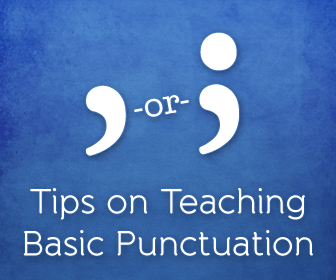
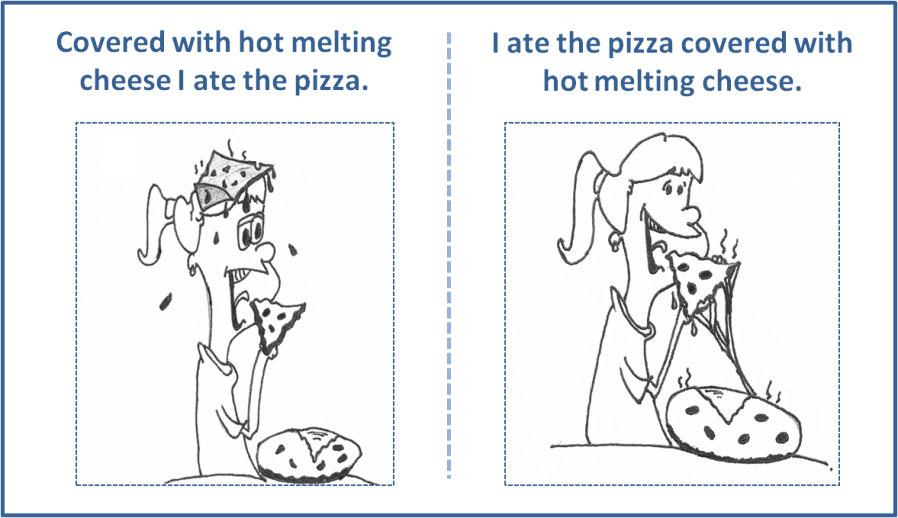
Try explaining these often-confused rules of grammar, punctuation, and word usage through pictorial representations. In this article I have shown how five tricky concepts can be explained pictorially. I have tried them and they work!

Misplaced Modifiers can cause considerable confusion to readers and can also be a great source of amusement to them. The error caused by misplaced modifier can be depicted pictorially through many humorous examples. One of them that I use is shown below.
By way of explanation, I use these points:
Not using commas in direct address is a very common error. Students and adults alike commit this mistake. Show them the picture below and they will develop an appreciation of the importance of using commas correctly in direct address.
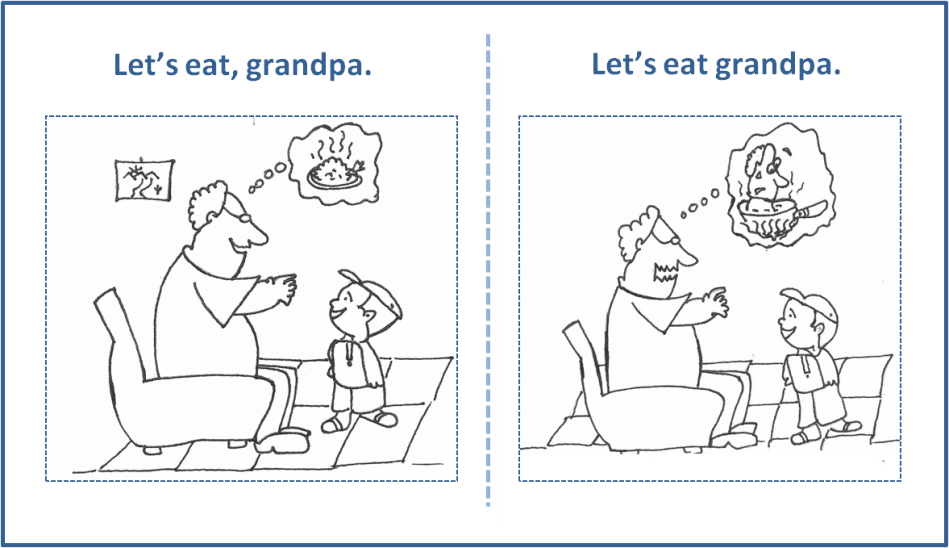
By way of explanation, I use these points:
Grandpa, I want to eat a truck-load of ice.
Sam, I want to eat a truck-load of ice.
I want to eat a truck-load of ice, grandpa.
I want to eat a truck-load of ice, Sam.
What I said, grandpa, is that I want to eat a truck-load of ice.
What I said, Sam, is that I want to eat a truck-load of ice.
I have gone through numerous lists of commonly confused words and in almost all of them your / you’re features in the top five. The error could stem in part due to an incorrect understanding of the use of apostrophes in forming contractions. The picture below should help them understand that the two words are different and should not be used interchangeably.
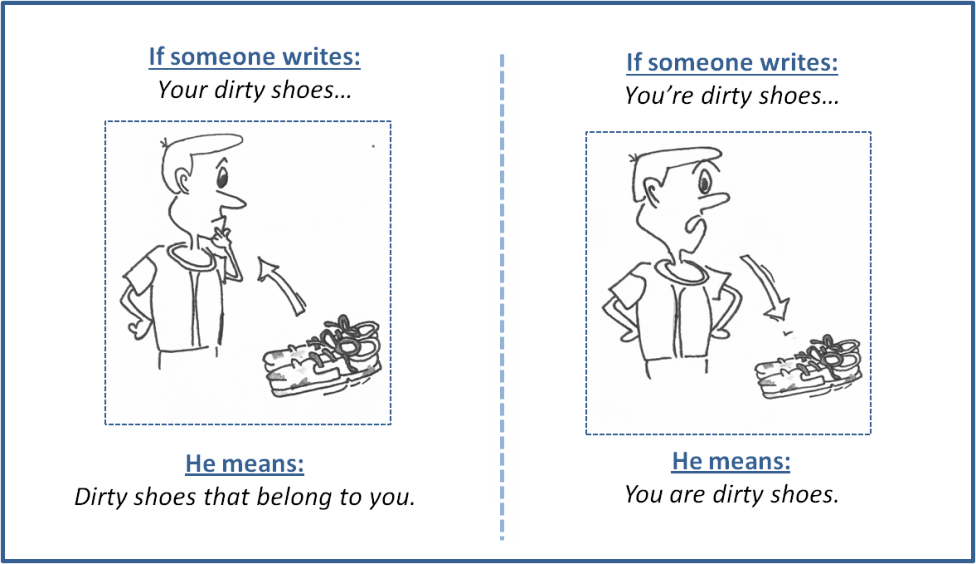
By way of explanation, I use these points:
The Oxford comma is a highly-debated topic among grammarians. While some feel that it is not necessary, others argue that leaving it out can cause confusion. If you are from the latter school of thought, then you can use the below picture to explain the rationale of using the comma to your students.
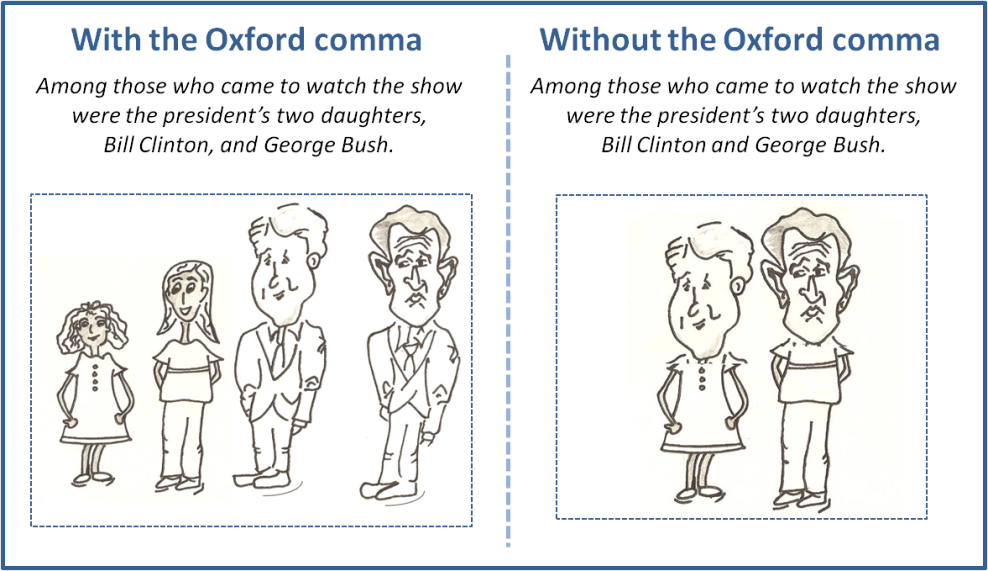
By way of explanation, I use these points:
Faulty comparisons occur very frequently in writing. Most people do not even realize that they are comparing two things incorrectly. The picture below shows the confusion and humor that can be caused by faulty comparisons.
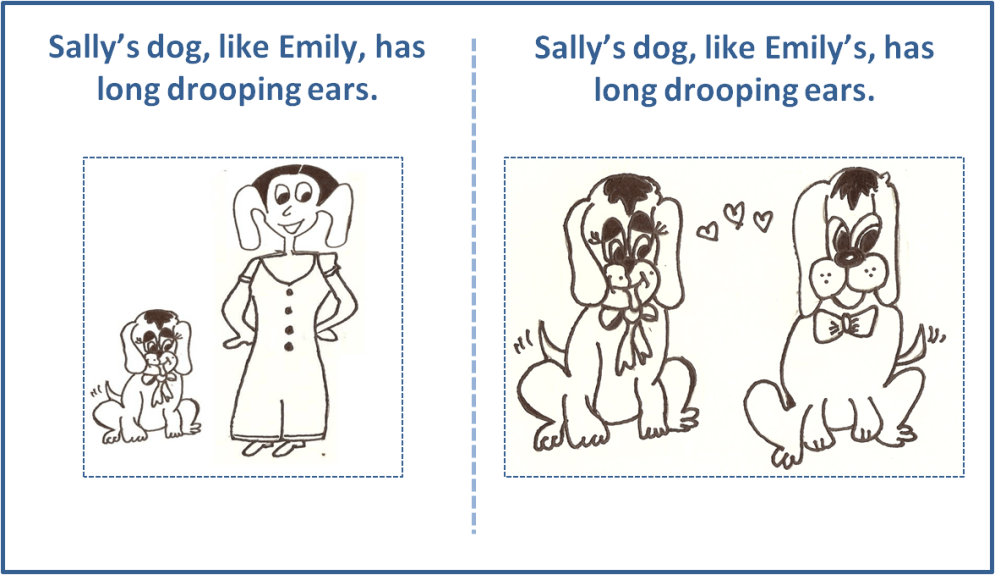
By way of explanation, I use these points:
There are several benefits of using pictorial representations for teaching concepts of grammar, punctuation, and word usage.
Have you tried anything on these lines with your students? Please leave a comment below with your feedback.